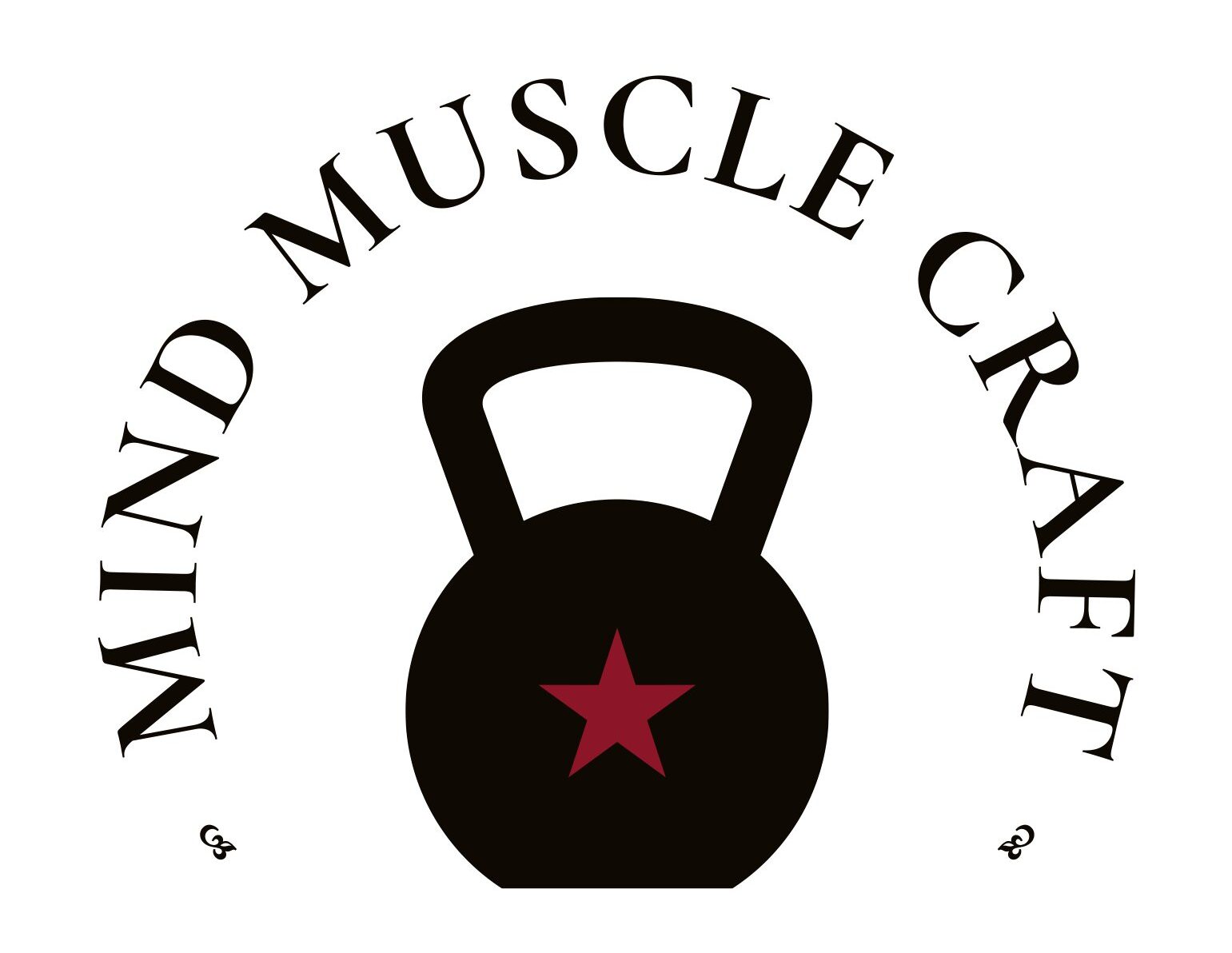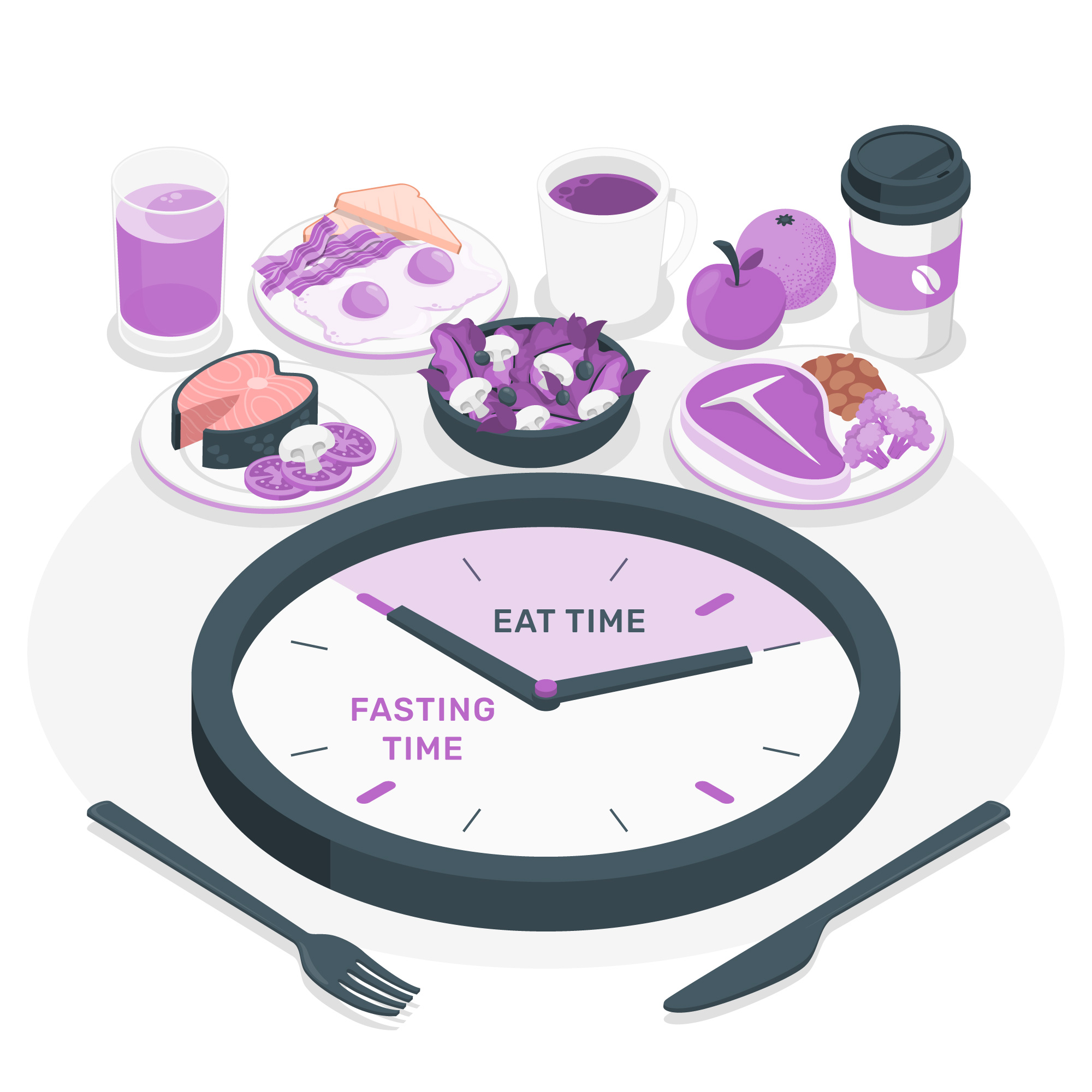In a world of endless food access, we’ve lost touch with an ancient, powerful practice: fasting. While feasting became a regular habit, fasting, a critical element for metabolic health, was discarded. But what if reintroducing fasting into our lives could ignite fat-burning, restore energy, and restore balance to our bodies? Let’s explore why alternating fasting and feasting can transform your metabolism and reshape your body.
🔑 Key Insight: The Lost Art of Fasting and Feasting
In ancient cultures, food scarcity (fasting) was naturally followed by feasting, enabling the body to burn fat during fasting and replenish nutrients during feasting. Today, we’ve eliminated fasting but kept feasting, resulting in an epidemic of obesity and metabolic stagnation. By reintroducing intermittent fasting, we can restore the natural cycle our bodies are designed for, unlocking powerful metabolic benefits.
The Best Ways to Structure Fasting and Refeeding for Maximum Impact
Intermittent fasting can be personalized to suit your lifestyle, whether you prefer short windows of fasting or more extended periods. Here are three transformative methods to try:
🔹 Option 1: The 5:2 Method – A Simple Path to Freedom
Embrace the simplicity of the 5:2 method, where you eat normally for 5 days, and for 2 non-consecutive days, restrict your intake to 500-600 calories. Focus on low-carb, high-protein foods. This method gently lowers insulin, sparks fat-burning, and helps you gain metabolic flexibility—all without feeling deprived or overly restricted.
🔹 Option 2: Alternate-Day Fasting (ADF) – Fast, Feast, Repeat
With Alternate-Day Fasting, fast for 24 hours every other day, drinking only water, tea, or coffee. On your “feasting” days, eat your usual meals. This method maximizes fat loss while preventing your body from adapting to a constant low-calorie diet. It’s a dynamic approach that keeps your metabolism roaring.
🔹 Option 3: Extended Fasts (36-48 Hours) – Break Through Plateaus
Ready to take your results to the next level? Extended fasts (36-48 hours) can break through fat-loss plateaus. During longer fasts, growth hormone production soars, preserving muscle mass while burning fat. Afterward, refeed with protein and healthy fats to accelerate recovery and prevent metabolic slowdown.
How to Refeed After Fasting (Without Overindulging)
Proper refeeding after fasting is crucial for maximizing fat-burning and maintaining muscle. Here’s how to break your fast without overwhelming your body:
🔹 Step 1: Break Your Fast Slowly – Avoid Overload
Start with a light meal like bone broth, nuts, or a fresh salad. Avoid heavy, carb-rich meals right away, as they can spike your blood sugar and undo the benefits of fasting.
🔹 Step 2: Prioritize Protein and Healthy Fats – Fuel with Quality
Focus on nutrient-dense foods to restore muscle and energy. Top choices include:
- Protein: Eggs, fish, chicken, grass-fed beef.
- Healthy Fats: Avocados, nuts, olive oil.
- Fiber-Rich Vegetables: Leafy greens, broccoli.
🔹 Step 3: Resist the Urge to Overeat – Stay BalancedAfter fasting, your body is highly sensitive to food. Overeating can lead to discomfort and insulin spikes. Stick to smaller, nutrient-packed meals to nourish your body without overwhelming it.
Why This Works: The Science Behind the Power of Refeeding
🔹 Fasting Activates Fat-Burning Mechanisms
During fasting, the body increases fat-burning hormones like growth hormone and norepinephrine while lowering insulin, which triggers fat loss and enhances metabolism.
🔹 Refeeding Revs Up Metabolism and Promotes Muscle Growth
Proper refeeding restores muscle and boosts metabolism. It also prevents the metabolic slowdown that occurs when fasting is prolonged without proper nutrient replenishment.
🔹 Avoid Long-Term Fasting Without Refeeding
Without proper refeeding, the body can mistake prolonged fasting for starvation, reducing metabolism and stalling fat loss. Refeeding helps keep your metabolism in top gear and supports muscle recovery.
💡 Final Takeaway: Balance is Your Superpower
To truly transform your metabolism, you must alternate fasting with proper refeeding. Fasting triggers fat burning by lowering insulin, while refeeding supports muscle growth and prevents metabolic stagnation. Embrace this ancient practice to break free from obesity and metabolic dysfunction. With the right balance of fasting and feasting, you’ll unlock your body’s full potential and achieve lasting health and vitality.
Understanding Metabolic Disorders: Causes, Impact, and How to Fix ThemBest Methods to Fix MetabolismThe Role of Glucagon and Protein in Fat Loss

